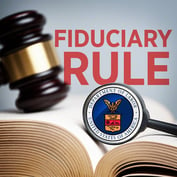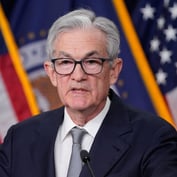David John Marotta, founder and president of Marotta Wealth Management, left the teaching field to become an RIA to back up his father—both his parents were financial planners—and said that his lack of a U.S. bias stems from what he learned from them.
The elder Marotta, who earlier worked for the State Department and served as a senior research fellow at the Hoover Institution, “had an office down the hall from Norm Friedman” and other such luminaries, which the younger Marotta said was “a pretty great learning experience in high school and college. We’ve always had more of a global approach to our investing, and spend a little more time looking past the country bias of the U.S.”
While Marotta said in general he believes in “the efficient frontier and efficiency of the markets, and think index investing is the way to go,” there’s a hitch. “The difficulty is that there are 8,000 indexes.” Even if there’s a very small expense ratio involved, “you still have to decide how to craft the investment portfolio.”
While leaning toward the small in value can provide better returns, Marotta said that applies to foreign investing as well, “and foreign countries offer a different experience for the companies that are operating in them. Would you rather invest in companies in North Korea or South Korea?” That, he said, would make one recognize that “economic freedom matters: low debt and deficit are two components of economic freedom. The fertile soil of the country the company is operating in produces a better result.”
Marotta’s firm uses the Heritage Foundation’s index of economic freedom to choose the countries in which to invest, and uses country-specific ETFs and bond mutual funds to gain exposure to those countries. “iShares has the best country-specific ETFs,” said Marotta, “and we use a lot of those. Six in particular that we invest in … are Hong Kong, Singapore, Australia, Switzerland, New Zealand and Canada.”
He added that they use a “secondary tier, which includes Chile, and also emerging markets….” Other countries that he says are “low in debt and deficit” are Denmark, the Netherlands, Norway and Sweden, Germany and Austria. Emerging markets are “not particularly free, but have low labor costs.”








 January 28, 2014 at 08:57 PM
January 28, 2014 at 08:57 PM










